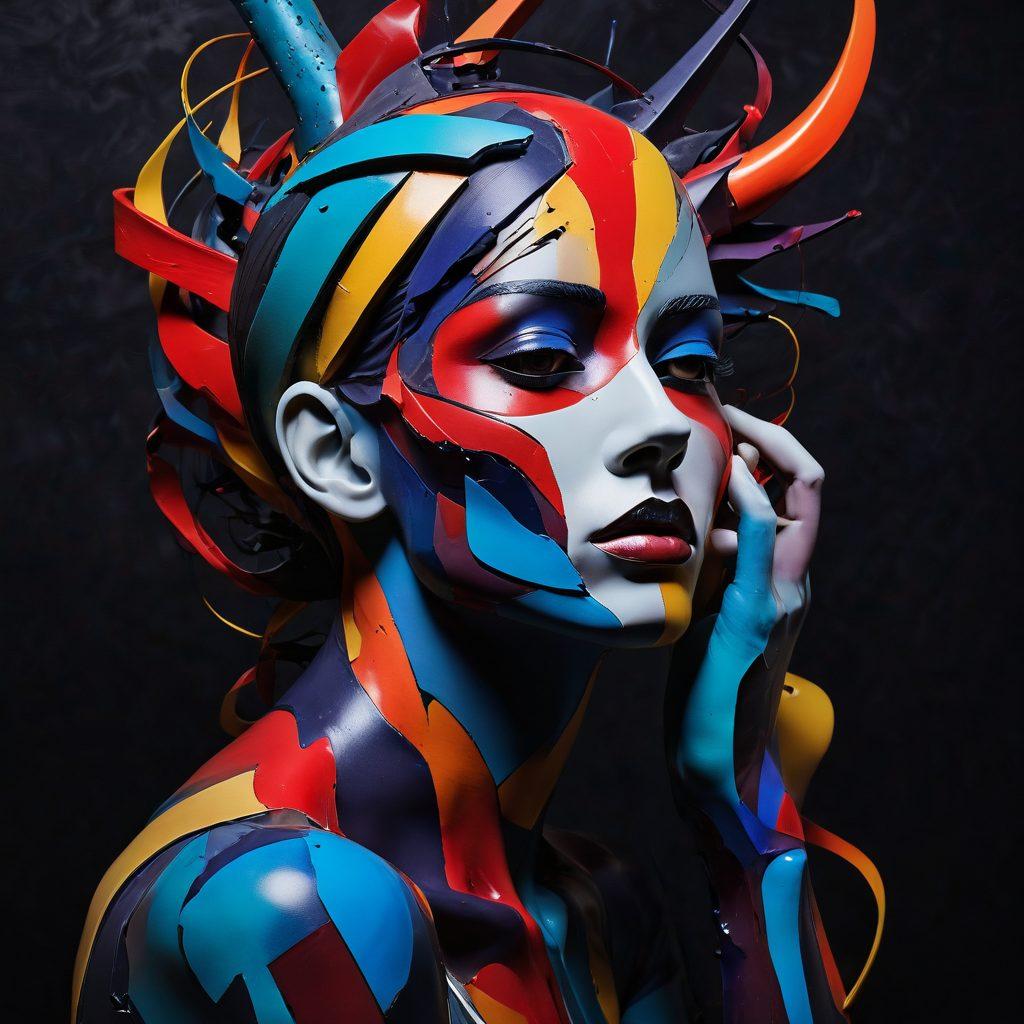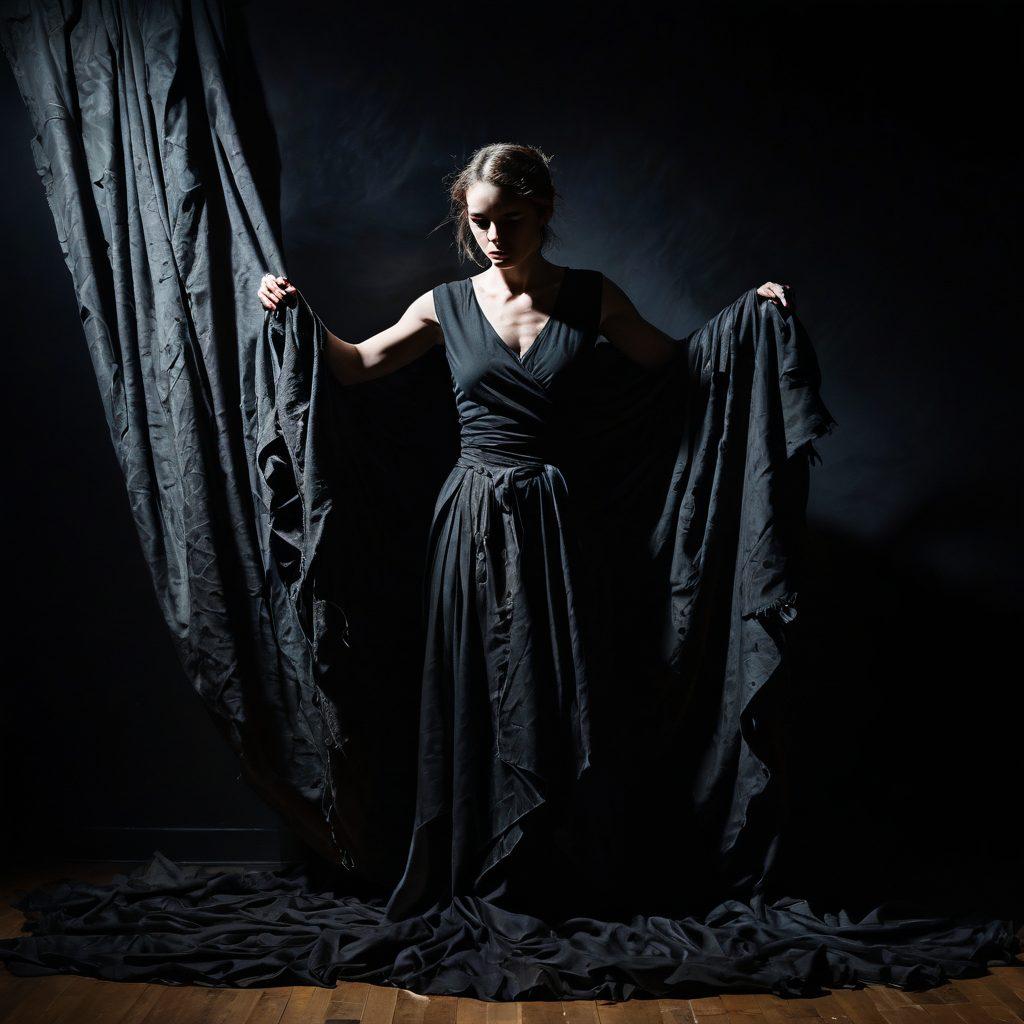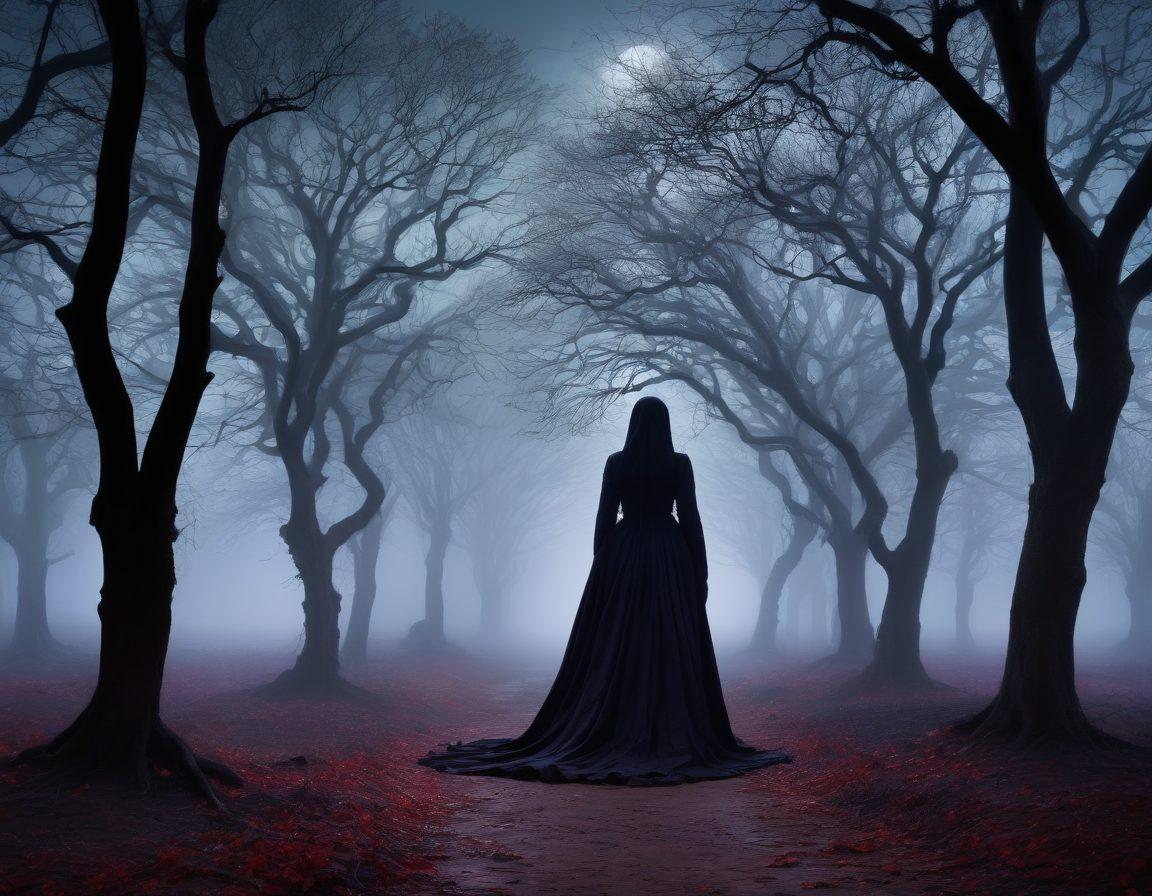Exploring the Depths of Pain: The Intersection of Suffering and Avant-Garde Art
Art has always served as a mirror reflecting the myriad experiences of the human condition. Yet, what happens when that reflection turns towards pain and suffering? This is where avant-garde art comes into play, stepping boldly into the shadows to redefine our understanding of these often-harrowing themes. Through its unique artistic styles and unconventional approaches, avant-garde movements have birthed a form of creative expression that doesn't shy away from exploring pain artistry and suffering art. It begs a question worthy of contemplation: Can art truly capture the essence of human suffering?
Imagine walking through a dimly lit gallery—each piece a visceral representation of emotional turmoil. This is the world of performance art and macabre art, where the artist's suffering is not merely a backdrop but the canvas itself. Artists craft experiences that challenge the audience, inviting them to confront their own discomfort head-on. As a viewer, are you brave enough to embrace the rawness of what you see? Or does it evoke fear, prompting you to turn away? This dichotomy is what makes avant-garde art so provocative and unforgettable.
The use of gothic art motifs can often heighten this emotional expression, taking us on a journey through the depths of despair and darkness. Artists employing dark aesthetics invite us into a space of vulnerability, encouraging dialogue around themes of grief and existential angst. As art critique has evolved, so has our appreciation for these artistic techniques that embrace the abstract art form. We begin to realize that suffering isn’t a solitary experience; rather, it becomes a shared narrative that transcends time and culture.
Art exhibitions centered on exploratory art redefine what we perceive as beautiful or worthy of appreciation. They compel us to confront the uncomfortable, to engage with the artistic freedom necessary for authentic expression of personal and collective pain. Each brushstroke or performance is an act of rebellion against the sanitized, often superficial representations of life. When did we as a society agree to gloss over the depths of despair? And what treasures might we uncover if we dare to explore these feelings through subversive art?
As we delve deeper into the realm of avant-garde art, let us not forget its potential to heal. The conversations sparked by suffering art can lead to profound understanding, empathy, and even catharsis—not only for the artists but also for those who engage with their work. In this journey, we find that pain is not merely an experience to be endured, but a profound source of inspiration that can elevate visual aesthetics to new heights. So the next time you encounter an artwork steeped in darkness, take a moment to reflect—what stories of resilience and human connection might lie beneath the surface?
The Artistic Alchemy of Suffering: Embracing Dark Aesthetics in Performance Art
In a world filled with vibrant colors and cheerful themes, there exists a hidden realm of art that delves into the depths of pain and suffering—what we might call 'pain artistry'. This intriguing domain invites us to question the very nature of artistic expression and pushes the boundaries of creative thought. Think about it: why do some artists choose to explore suffering art through avant-garde forms like performance art? Perhaps it is the call to expose the raw truths of human experience in ways that traditional mediums cannot capture. Let’s embark on this exploration of dark aesthetics to uncover how artists translate their intimate struggles into compelling visual narratives.
Imagine stepping into an art exhibition where shadows dance on the walls, and echoes of despair reverberate through the air. This haunting atmosphere reveals an artistic alchemy at play—where suffering transforms into provocative art that not only captivates but also challenges the viewer. Artists employ diverse techniques as they navigate the complexities of emotional expression; they wield abstract art and conceptual art like powerful spells, conjuring a world that melds macabre art with explored vulnerabilities. As you ponder the beauty found in darkness, it begs the question: can suffering itself be a conduit for creativity?
At the heart of the intersection where avant-garde art meets suffering lies the concept of artistic freedom. It is in this rebellious spirit that we find gothic art and subversive art flourishing, breathing life into themes often neglected. The intricate threads of emotional experiences weave through artistic styles, coalescing into performances that masterfully depict inner turmoil. As you observe these expressions, how do they resonate with your personal experiences of pain or loss? Perhaps they evoke feelings of catharsis, encouraging you to confront your own shadows with an open heart and mind.
Performance art serves as a unique platform for artists to showcase their narratives of suffering, transforming agony into powerful statements of resilience. In a live setting, the ephemeral aspect of performance art elevates the experience beyond mere observation, inviting the audience to participate in the emotional journey. Moving away from the static nature of traditional artworks, performance art demands a visceral reaction. Perhaps rugged textures and dramatic movements remind us how intertwined beauty and pain truly are. How do the characters in these performances draw you into their stories?
In explorations of pain and suffering through visual aesthetics, the dialogue between the observer and the artist enriches our understanding of what it means to engage with dark aesthetics. Artistic critique becomes essential, as we navigate our discomfort with macabre themes and engage in conversations about the deeper implications of these works. If you find yourself contemplating the emotional landscape presented by these artists, consider how this journey through suffering art can illuminate pathways of healing, recognition, and ultimately, transformation. By embracing these themes, we allow our hearts and minds to cultivate an appreciation for the beauty that emerges from struggle.
Provocative Expressions: Navigating the Emotional Landscapes of Macabre and Gothic Art
In the heart of every avant-garde artist lies a dance with pain, a visceral struggle that pulls on the threads of human existence. What is it about suffering that resonates so powerfully through the expressive mediums of art? As we delve into the world of macabre and gothic art, we unearth the raw emotions and bold narratives that serve as stimuli for artistic creation. This is not merely art for art's sake; it is the exploration of agony transformed into visual aesthetics that compels us to confront, reflect on, and, ultimately, embrace the darker facets of life.
Imagine stepping into an art exhibition where each piece whispers tales of heartbreak, despair, and fear. Would you flee from the discomfort or immerse yourself in the depths of emotion? Provocative art has an uncanny ability to tap into our vulnerabilities, pushing the boundaries of artistic freedom while challenging our perceptions of beauty and horror. Amidst the elaborate brush strokes of dark aesthetics and the haunting visuals of abstract art, we find numerous expressions of pain artistry that speak volumes about the human condition. It beckons each viewer to question not just what they see but what they feel.
Artistic themes of suffering are not limited to any one medium but manifest themselves in an array of forms, notably performance art, conceptual art, and exploration of gothic art techniques. Through embodied experiences, performers channel their own emotional expressions, transforming personal anguish into universal narratives. Such participation raises an intriguing question: can the observer truly comprehend the depths of a creator's suffering? The artist's vulnerability invites us to reflect on our own experiences, and in doing so, an intricate tapestry of shared pain begins to emerge.
In an age dominated by the transient and superficial, subversive art challenges us to look beyond our comfort zones. Where many shy away from the macabre, these artists dive headfirst into the abyss, crafting pieces that elicit discomfort yet demand attention. Consider famous quotes from artists who echo this sentiment: "Art should comfort the disturbed and disturb the comfortable." Indeed, the artistic techniques employed in avant-garde art play an essential role in dissecting emotional landscapes. They beckon us to engage with themes often left unexamined—the very essence of what it means to be human, suffering and all.
Exploratory art within the realms of gothic and macabre offers a refreshing antidote to the mundane. By embracing the rich tapestry of suffering art, we can transform our relationship with pain—not merely as a negative experience but as a powerful catalyst for creativity. Viewers are encouraged to seek out diverse artistic styles that resonate with their own struggles, bridging the gap between artist and audience. Pain, after all, is universal, and through these poignant expressions, we come together in our shared humanity, forging connections that transcend mere observation. The emotional landscapes of art await, inviting us to traverse their intricate paths and discover the profound beauty hidden within the shadows.


